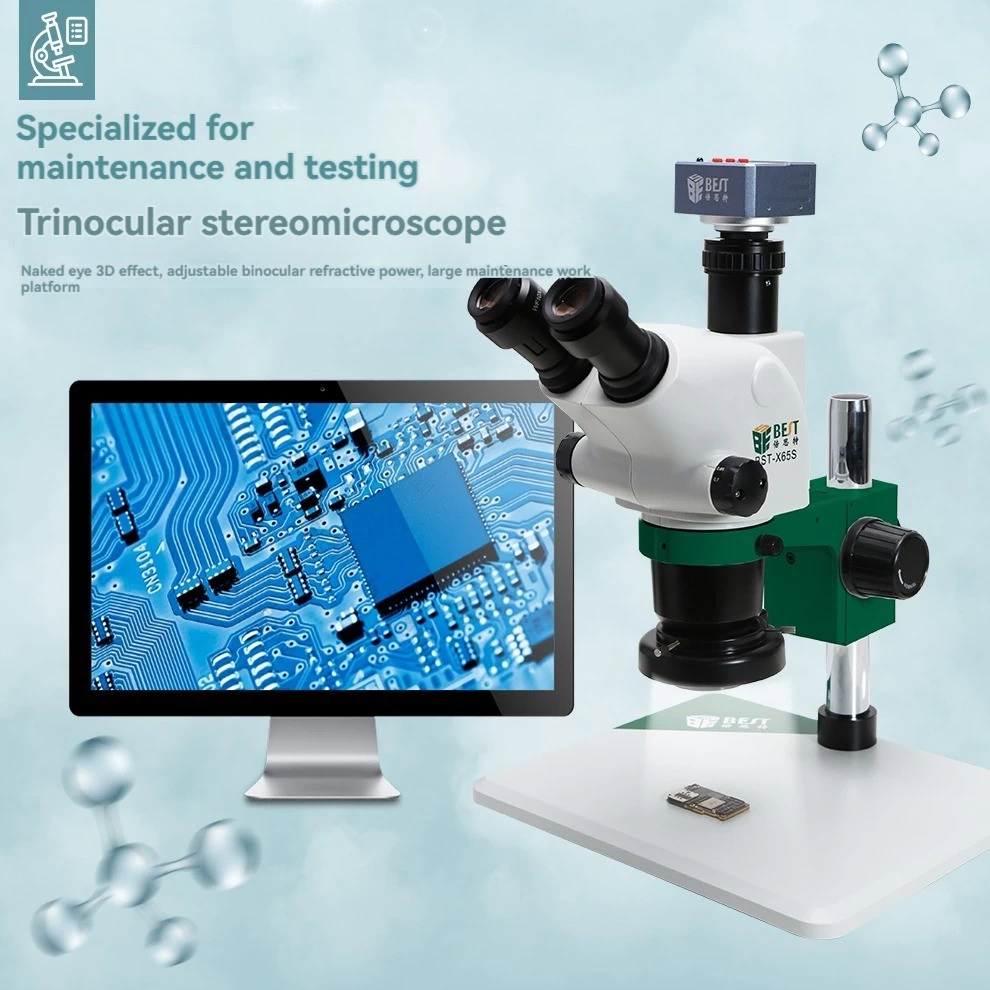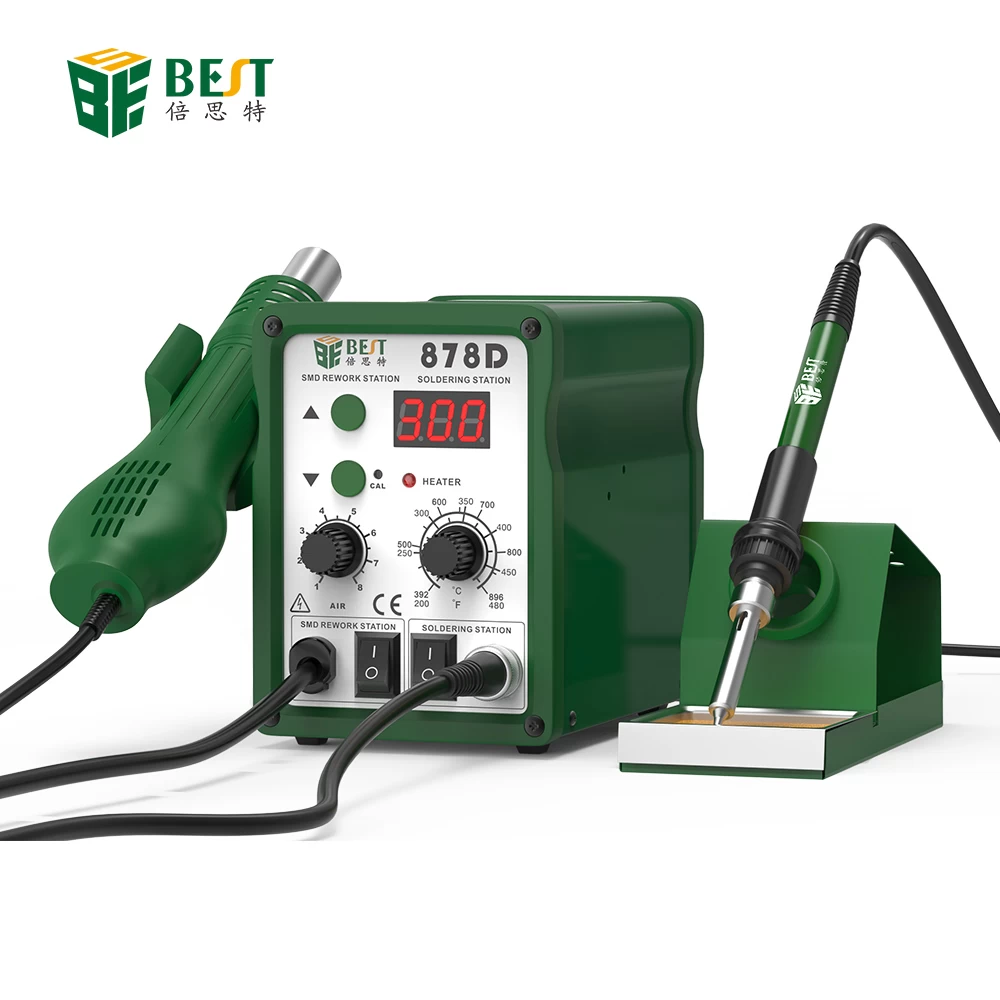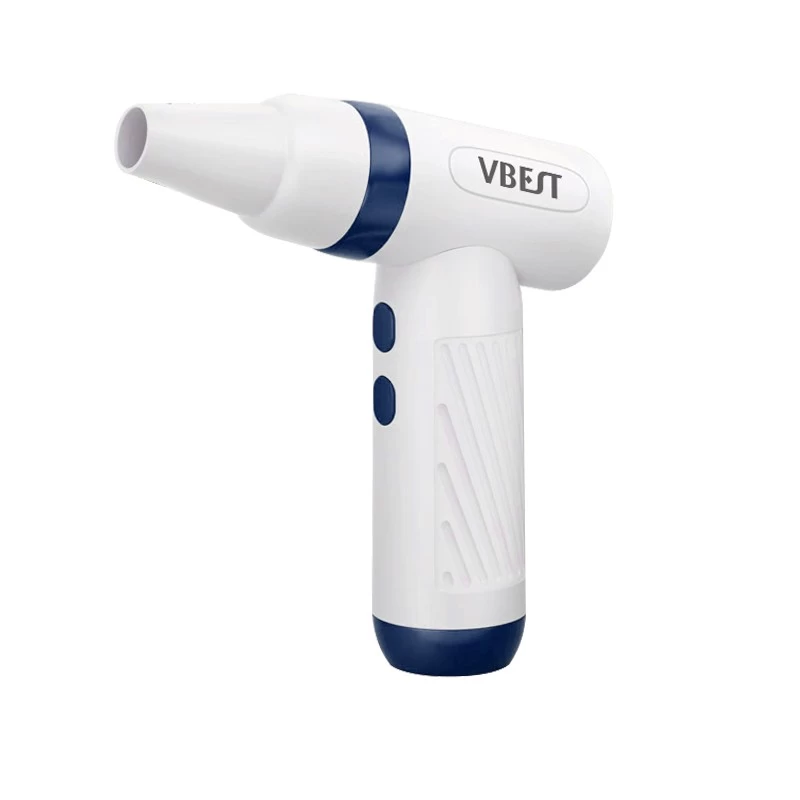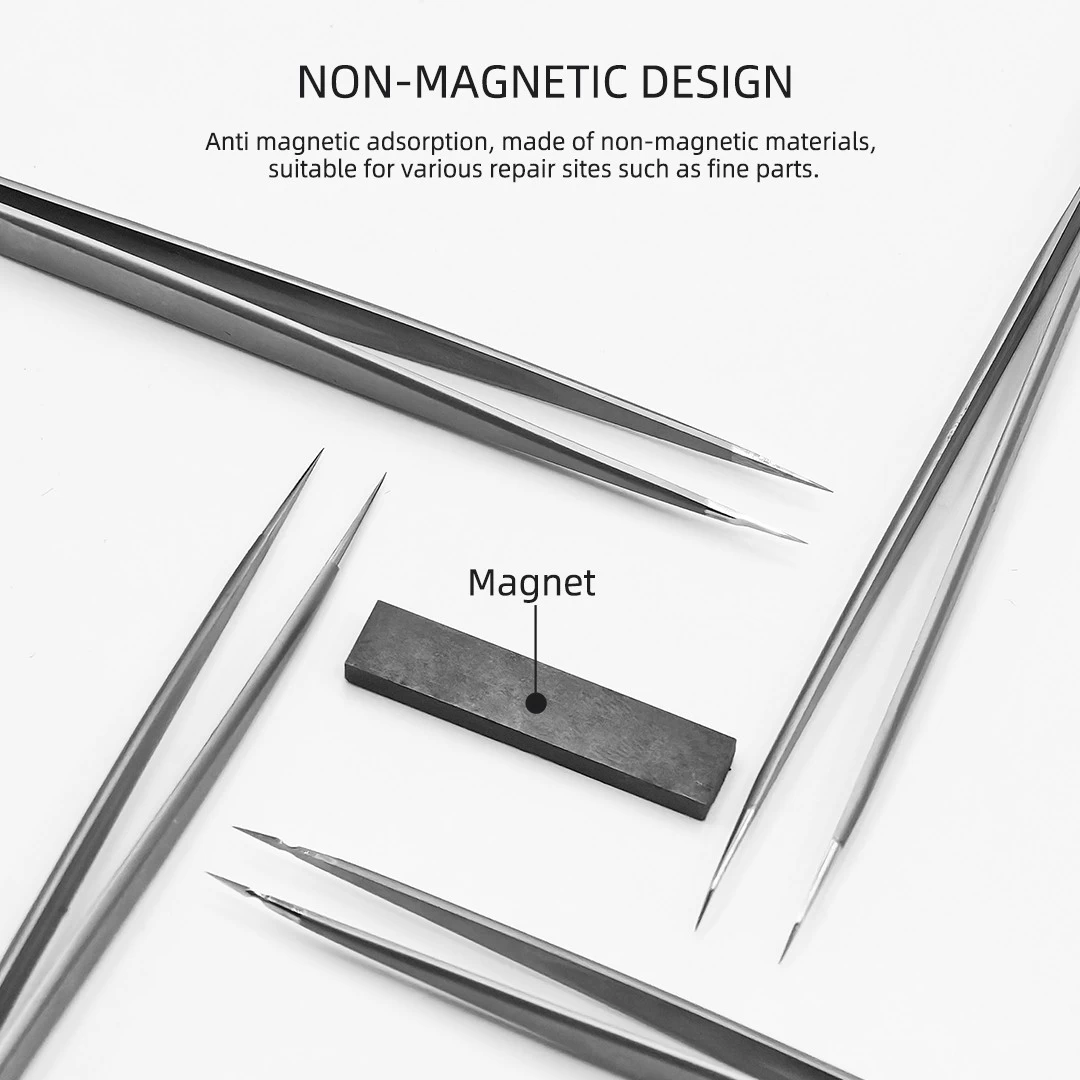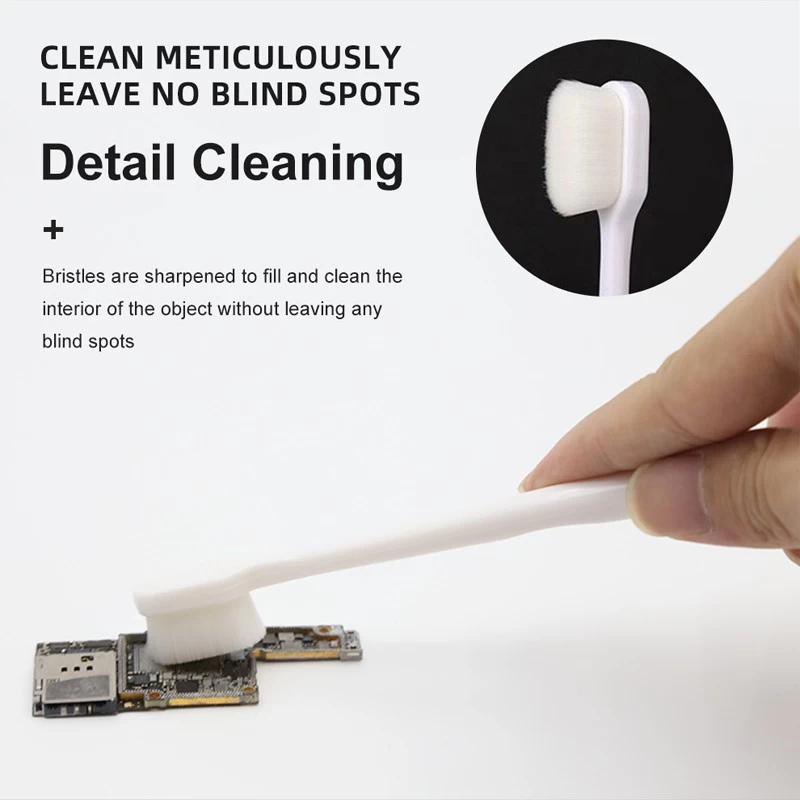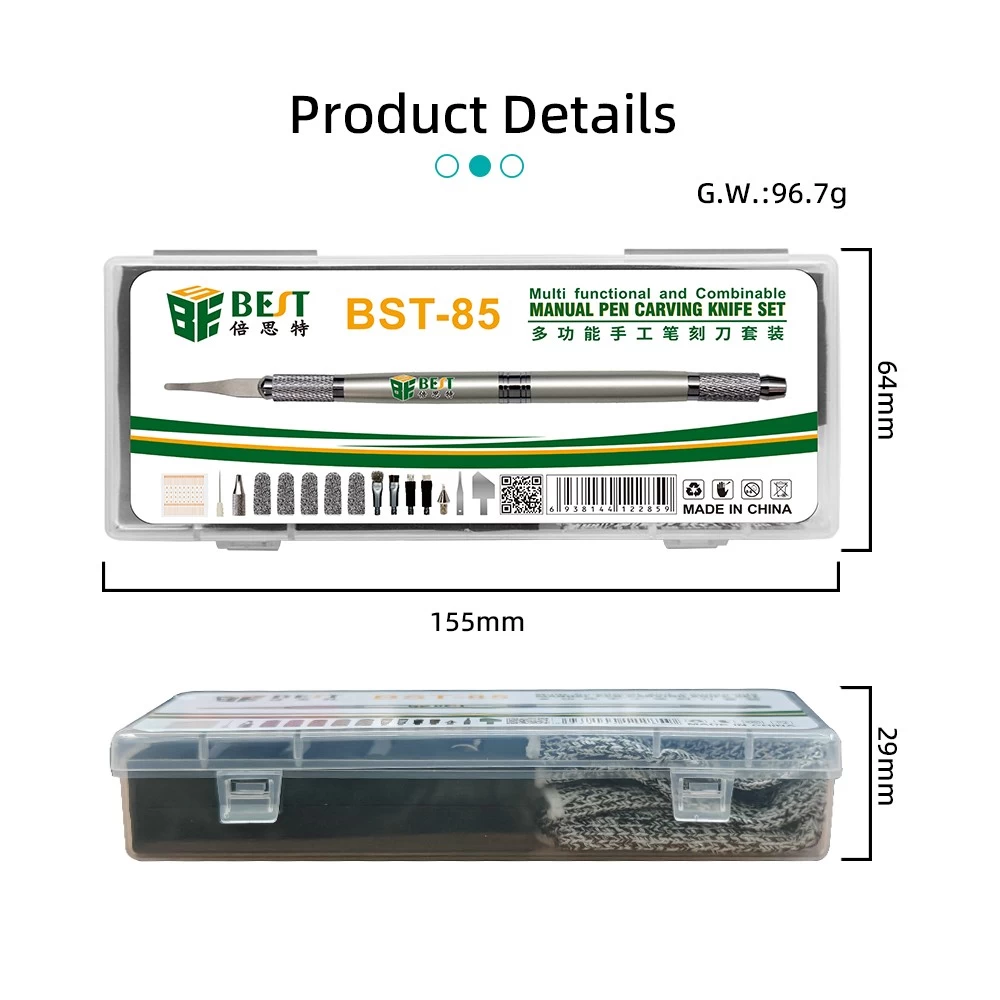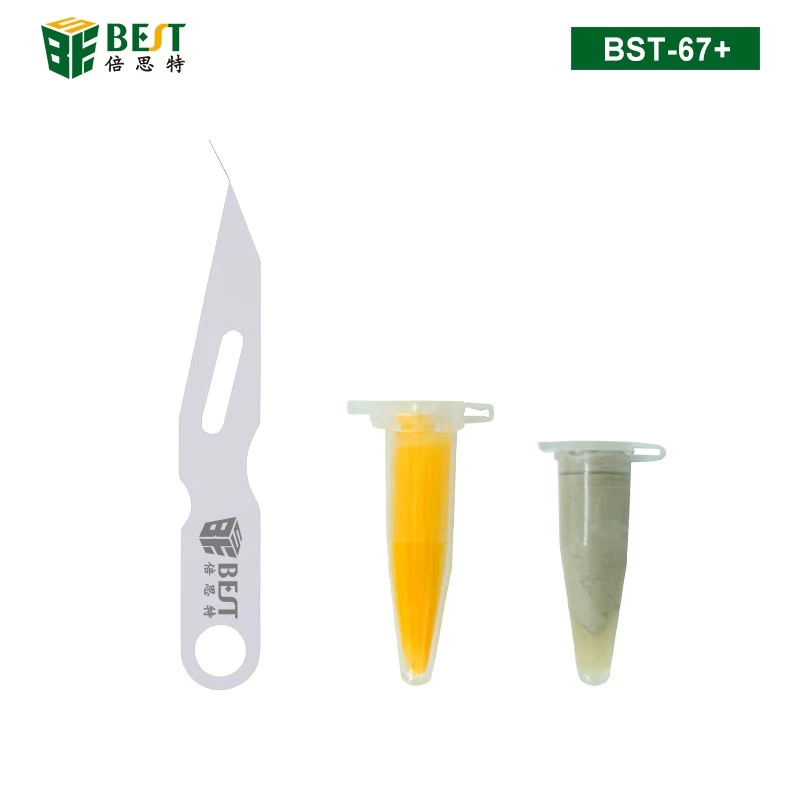How to choose test leads?
GPT
2024-08-28 15:16:51
Choosing the right test leads (also known as test probes or multimeter leads) is crucial for ensuring accurate measurements and safe operation. Here are several factors to consider when selecting test leads:
1. Material
- Conductivity: Look for leads made from high-quality materials, such as copper or gold-plated copper, which offer excellent conductivity and low resistance.

- Insulation: Choose leads with durable insulation, often made from silicone or rubber, to provide flexibility and heat resistance.

2. Length
- Suitability: Select lead lengths appropriate for your working environment. Longer leads are useful if you need to reach distant points, but may be cumbersome.
- Common lengths: Typical lengths range from 1 meter to 3 meters; choose based on your specific measurement needs.
3. Voltage & Current Ratings
- Safety: Ensure the test leads can handle the voltage and current levels you plan to measure. Check the leads' insulation rating for high-voltage applications.
- Specifications: Look for leads rated for at least 600V and 10A for general use, but higher ratings may be necessary for specialized applications.
4. Connector Type
- Compatibility: Ensure that the connectors on the test leads match those of your multimeter or testing device. Common types include banana plugs and alligator clips.
- Interchangeability: Some test leads come with interchangeable tips that can add versatility for different applications.
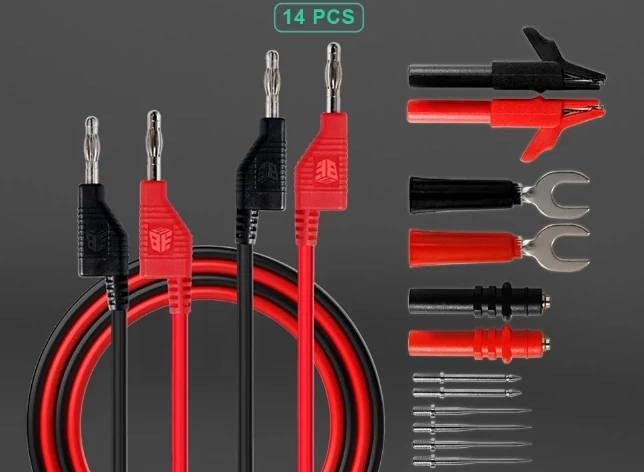
5. Probe Types
- Style: Choose between various probe types depending on your testing needs:
- Sharp probes: Good for precision measurements in tight spaces.
- Alligator clips: Suitable for hands-free connections and grasping larger terminals.
- Hook probes: Useful for probing difficult-to-reach connections.
6. Durability
- Wear Resistance: Look for leads designed to withstand bending, twisting, and frequent use.
- Heat Resistance: Ensure the insulation can withstand higher temperatures without degrading.
7. Brand and Reviews
- Reputation: Opt for well-known brands with a reputation for quality and reliability.
- User Feedback: Check online reviews and ratings to understand the experiences of other users with the leads.
8. Price and Value
- Budget: Consider your budget, but remember that higher quality often comes at a higher price. Balance cost with the quality and features you need.
- Long-term Investment: Investing in durable leads can save costs in the long run, as they’ll last longer and perform better.
9. Additional Features
- Safety Features: Some test leads come with protective covers or insulated tips that enhance safety.
- Flexibility: Leads that are highly flexible and not prone to kinks make for easier handling and usage.
Summary
When choosing test leads, consider the material, length, ratings, and compatibility with your equipment. Evaluating these factors will help you select test leads that suit your specific measurement tasks and ensure safety and reliability in your work.



